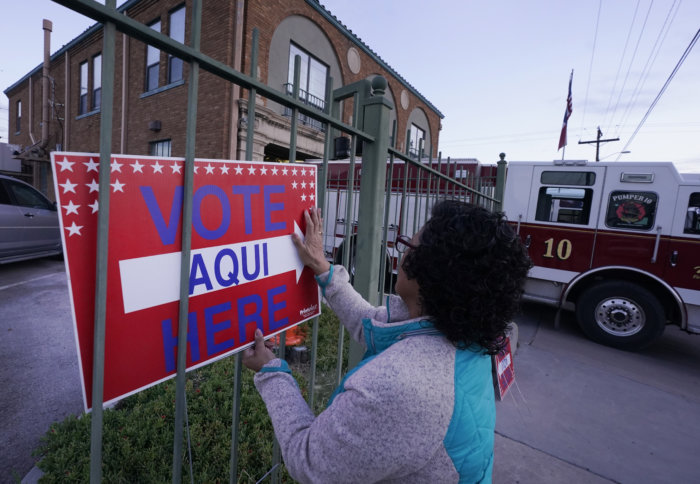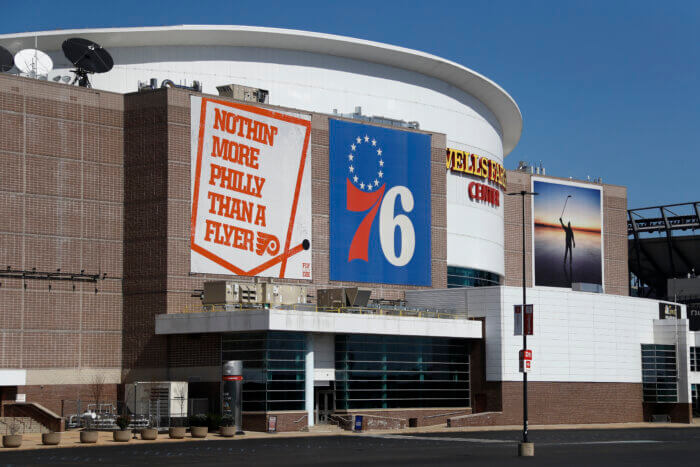 An 1805 portrait of Thomas Jefferson by Rembrandt Peale.
An 1805 portrait of Thomas Jefferson by Rembrandt Peale.
Credit: Collection of The New York Historical Society
No one personifies the contradiction of slavery in America like Thomas Jefferson. The blight of a freedom-espousing nation that traded in human beings is embodied by the author of the Declaration of Independence being a lifelong slave owner. This spring, the National Constitution Center will explore that dichotomy in a new exhibition called “Slavery at Jefferson’s Monticello,” organized by the Thomas Jefferson Foundation at Monticello in partnership with the Smithsonian’s National Museum of African American History and Culture.
“Jefferson has become an emblem of this discussion,” says Susan Stein, senior curator at Monticello. “Slavery was the unresolved problem of the Revolution, and what motivated Jefferson, like many other founders, was that they so valued the experiment in self-government that they were willing to compromise things that they found morally reprehensible.”
The exhibition, Stein says, is an attempt to make slavery understandable to a modern audience. It provides historical context and brings to life the stories of the enslaved people at Jefferson’s Virginia plantation and many of their descendants. “Slavery was pervasive in America at the time of the founding,” she explains. “It was omnipresent, and the records that Jefferson kept allow us to know a lot of the lives of individual people and families. So this show is in part about how central slavery was to America’s economy, but the heart of the exhibition is about the lives of six enslaved families.”
Those families include that of Monticello’s most famous enslaved resident, Sally Hemings. As many as 70 members of the Hemings family lived at Monticello, spanning five generations, including Sally’s six children most likely fathered by the third president. “The Hemings family arrived at Monticello in 1774 as part of Jefferson’s inheritance from his father-in-law and eventually came to occupy the most important positions in Monticello’s labor force,” Stein explains. “They helped build the house, they made furniture, they cooked Jefferson’s meals, they cared for his children and grandchildren, they took care of him in his final illness, they made his coffin, and they dug his grave.”
The exhibition includes several items owned by Jefferson, including an inkwell in the shape of the philosopher Voltaire, his Philadelphia-made eyeglasses, and his whalebone, gold and ivory walking stick. A replica of the writing desk he used to pen the Declaration is juxtaposed with a circular wall listing the names of the 600 slaves who lived at Jefferson’s plantations during his lifetime. “It visually evokes the notions of liberty that we hold dear and juxtaposes that with the names of the enslaved people,” Stein says, “and that’s a very powerful image to encounter.”
Slavery at Jefferson’s Monticello
April 9-Oct. 19
National Constitution Center
525 Arch St.
$8-$14.50 admission, 215-409-6700
www.constitutioncenter.org






























